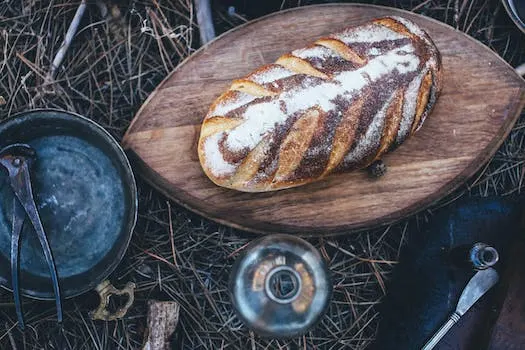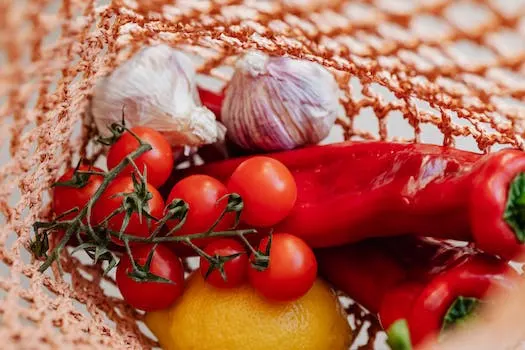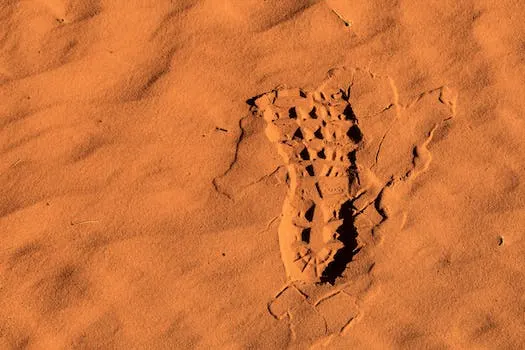
The Benefits of Recycling Old Bread
Recycling old bread is an easy and effective way to reduce our environmental impact. Not only does it help prevent food from going to waste, but it also helps reduce greenhouse gas emissions that contribute to climate change. According to a recent study by the RTS, Americans waste a staggering amount of food each year, which has a significant impact on the environment and economy. Fortunately, there are simple steps we can take as everyday consumers to better manage energy and resources while preventing pollution associated with growing, manufacturing, transporting and selling food. In addition to these benefits for individuals and communities alike, South Korea serves as an example of how much progress can be made in just 25 years - they now recycle 95% of their food waste!
Reducing Food Waste
Reducing food waste is an important step in helping to combat hunger and climate change. According to the United Nations’ Food and Agriculture Organization, about one-third of the food produced for human consumption is wasted each year. This has serious implications for both people and the environment. Fortunately, there are several ways that we can help reduce this amount of food waste.
Source reduction is one way to prevent food from going to waste before it even enters the supply chain. This involves reducing the overall volume of food produced by using more efficient production methods or better forecasting techniques. Additionally, donating excess food to community sites or feeding animals with it can help ensure that wholesome foods don't go to waste while also providing meals for those in need or animal feed respectively.
Recycling old bread is another great way to reduce food waste while also having a positive impact on the environment. By recycling old bread, we can make sure that it doesn't end up in landfills where it will produce methane gas which contributes significantly towards global warming and climate change. Furthermore, recycling old bread can save money as well as resources which could be used elsewhere more effectively such as producing new products or feeding hungry people around the world who are affected by hunger every day due to lack of access to nutritious foods.
Reducing our global levels of food waste not only helps fight against hunger but also helps protect our planet from further damage caused by climate change due its contribution towards greenhouse gas emissions when left uneaten in landfills across the world . Taking simple steps such as source reduction, donating excess foods and recycling old bread are all effective ways we can help reduce our global levels of food wastage while making a positive difference at both local and international level .
Creating Compost
Creating compost is a great way to recycle old bread and other organic materials. Composting is the natural process of decomposition and recycling of organic material into a humus-rich soil amendment known as compost. This process introduces both microorganisms like bacteria and fungi, as well as nutrients like nitrogen, copper, phosphorus, and zinc to the soil which makes it more fertile. Composting is an effective way to manage waste sustainably by returning needed nutrients to the soil. It can also be used in businesses or homes for spring crops that will decompose quickly if cut when they are still succulent or nitrogen fertilizer can be added for additional benefits. By creating compost from recycled old bread, you can help enrich your garden's soil while helping the environment at the same time!
Feeding Animals
Recycling old bread can be a great way to help feed animals and keep them healthy. Not only is it beneficial for the environment, but it can also save farmers and companies money. However, while bread products may seem like a good source of food for wildlife, they actually contain very little nutritional value. In fact, they are full of sugars, sodium and carbohydrates which can be harmful to birds and other animals. Feeding waterfowl with old bread scraps should be avoided as it can have negative effects on their health. On the other hand, feeding food scraps or waste to livestock on farms is an age-old practice that accounts for 30% of what's fed to them. Commercial recycling solutions such as CleanRiver Recycling Solutions outlines how recycling can help endangered species and protect both animals and humans alike from environmental hazards. By properly handling old bread products and donating them responsibly, anyone can do their part in helping the animal population while also reducing waste in our environment.
Creating Energy
Recycling old bread can be used to create energy in the form of biogas, a renewable source that can power homes and businesses. This is an important way to reduce our dependence on fossil fuels and promote a more sustainable energy future. Biogas is produced by the breakdown of organic matter such as food scraps and animal waste, making it a renewable fuel source. It can be used for cooking, lighting, and electricity production while reducing methane and black carbon emissions. Additionally, biogas systems provide benefits to individuals, businesses, and communities by producing renewable energy which displaces fossil fuels. Baseload power is also provided by stored biogas which offers clean, reliable energy in place of coal or natural gas. By utilizing this compound as an alternative energy source we are able to reduce our environmental impact while creating a more sustainable future for generations to come.
Conclusion
In conclusion, recycling old bread has many benefits for the environment. From reducing food waste to creating compost and energy, it can help protect the planet and create a more sustainable future. By diverting food waste away from landfills, we can reduce our carbon footprint, capture renewable energy, and restore essential nutrients back to the soil. Composting bread and food scraps also significantly cuts down on the amount of trash in a landfill while reducing costs and carbon emissions associated with hauling and processing. Additionally, anaerobic digestion (AD) and incineration are commonly employed methods for valorizing bread waste which generate limited amounts of green energy. Finally, deterring household pests by putting tea bags in places mice might be a problem is another great way to make use of old bread. All in all, recycling old bread is an easy way to make a positive impact on our environment while still enjoying delicious meals!










